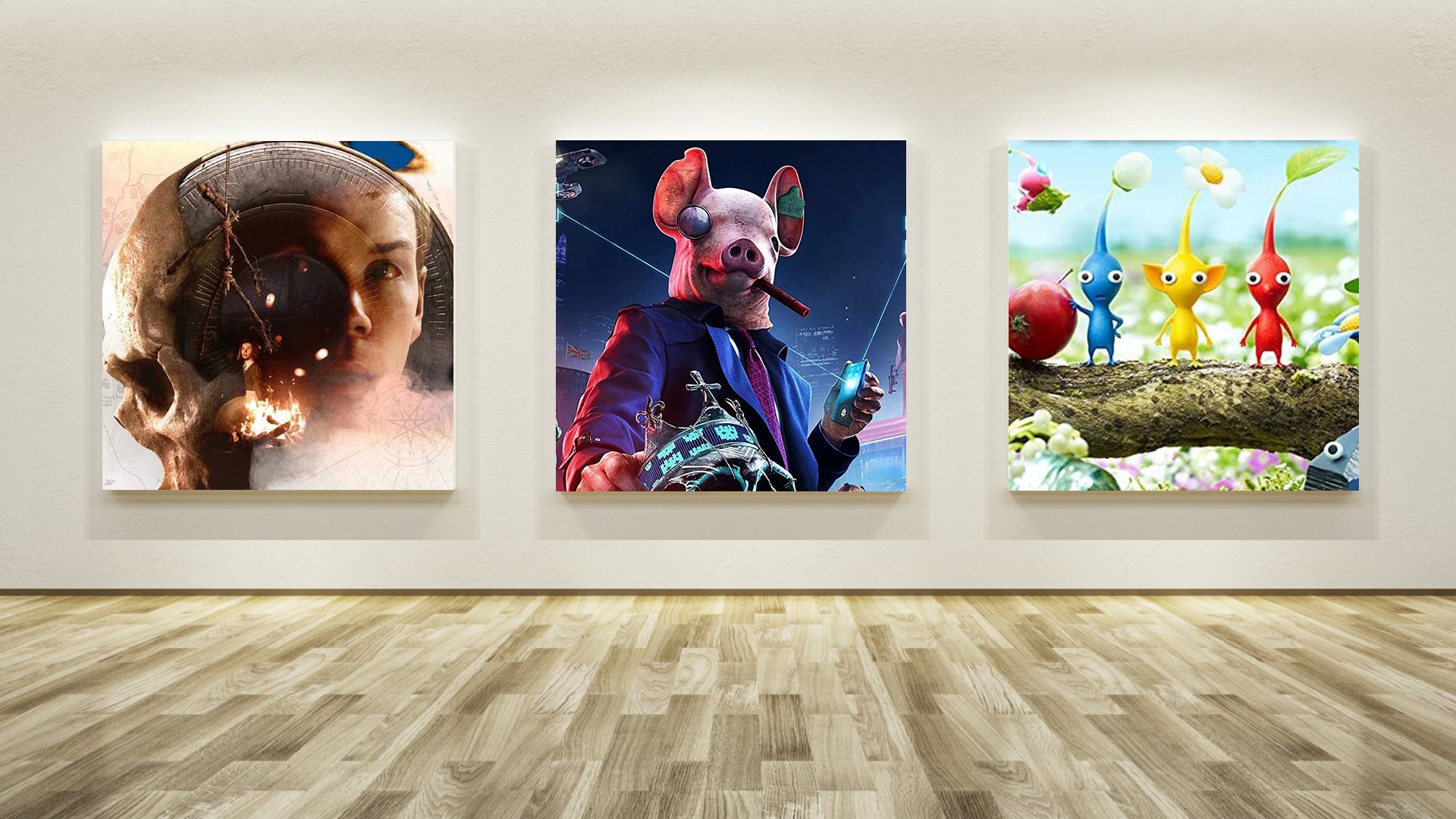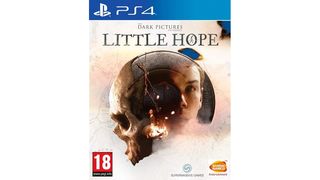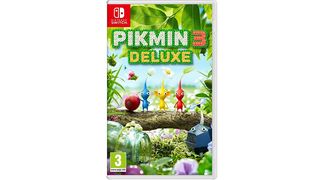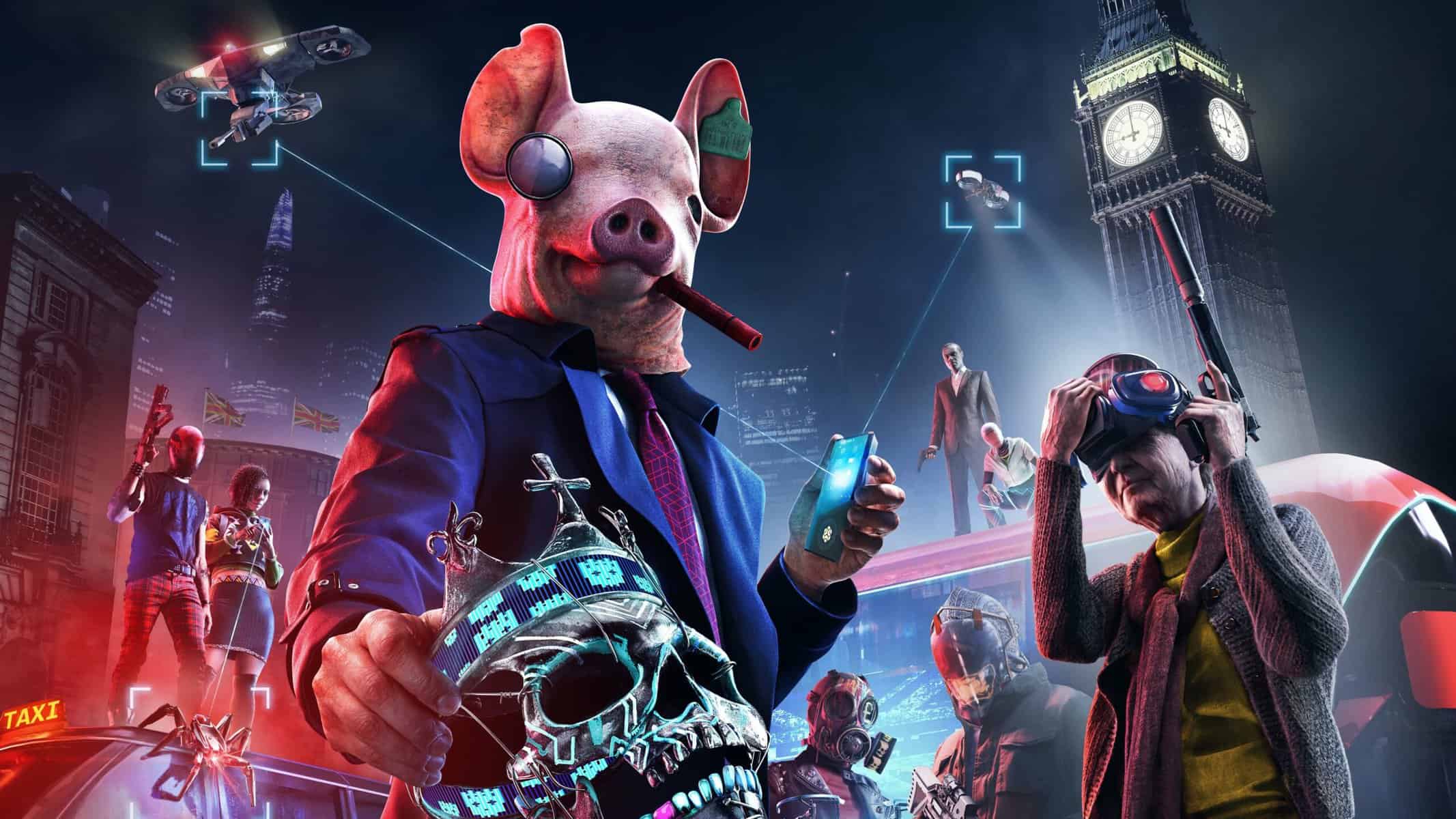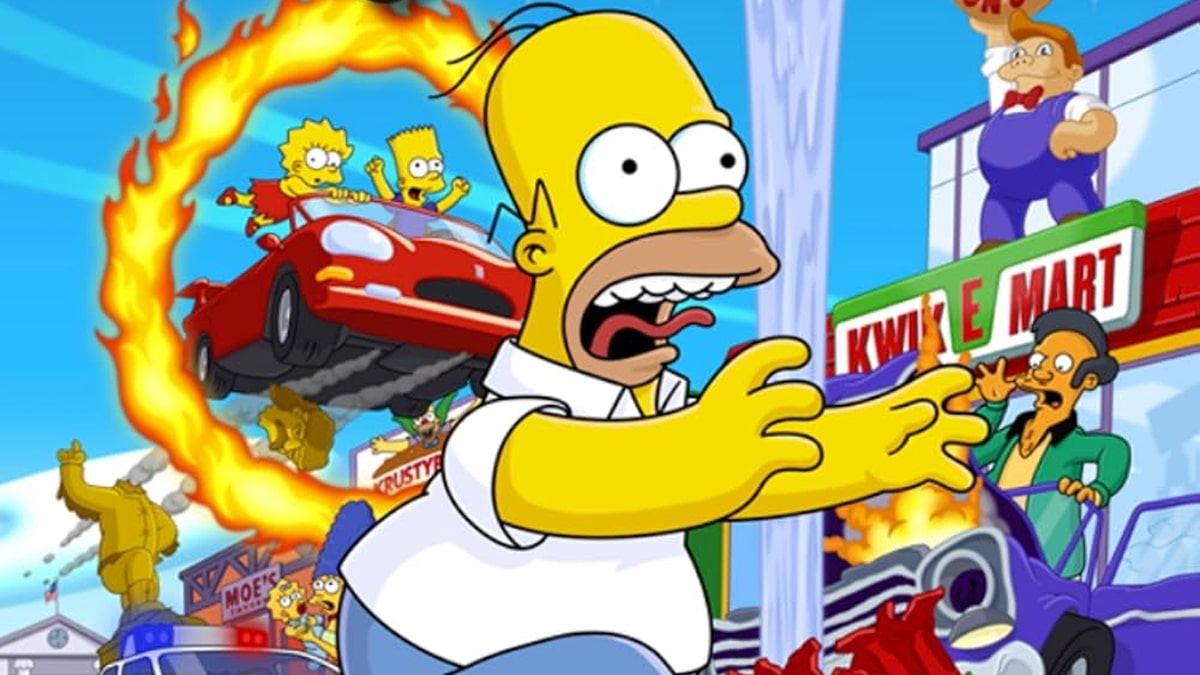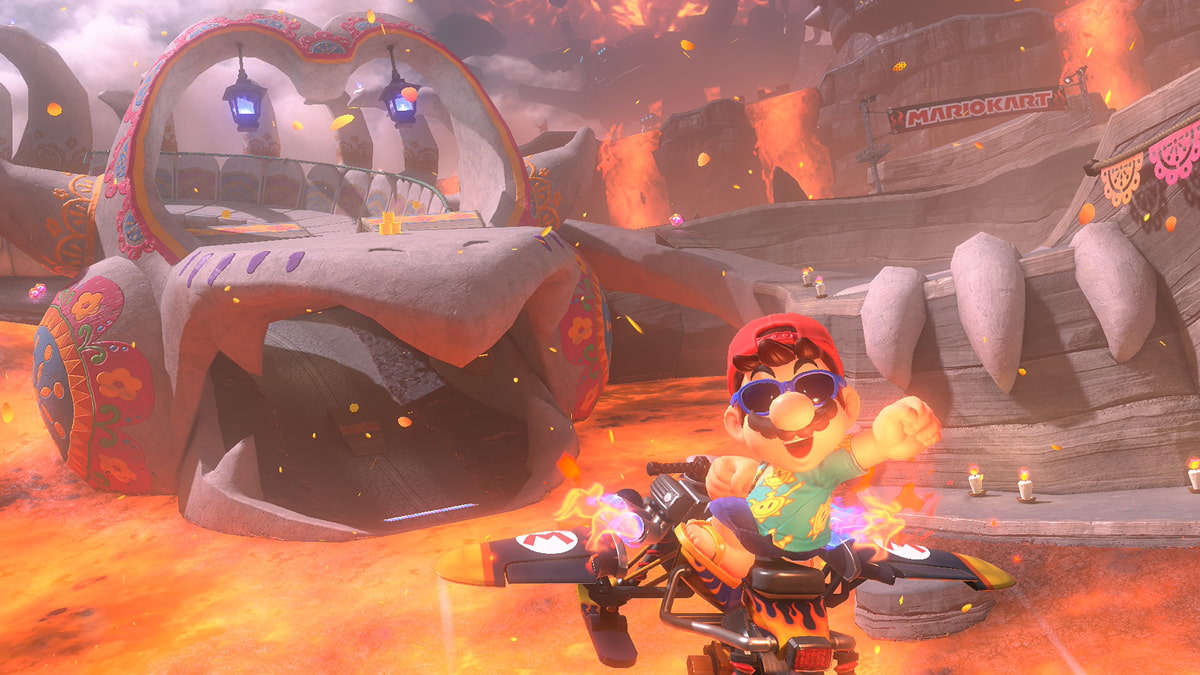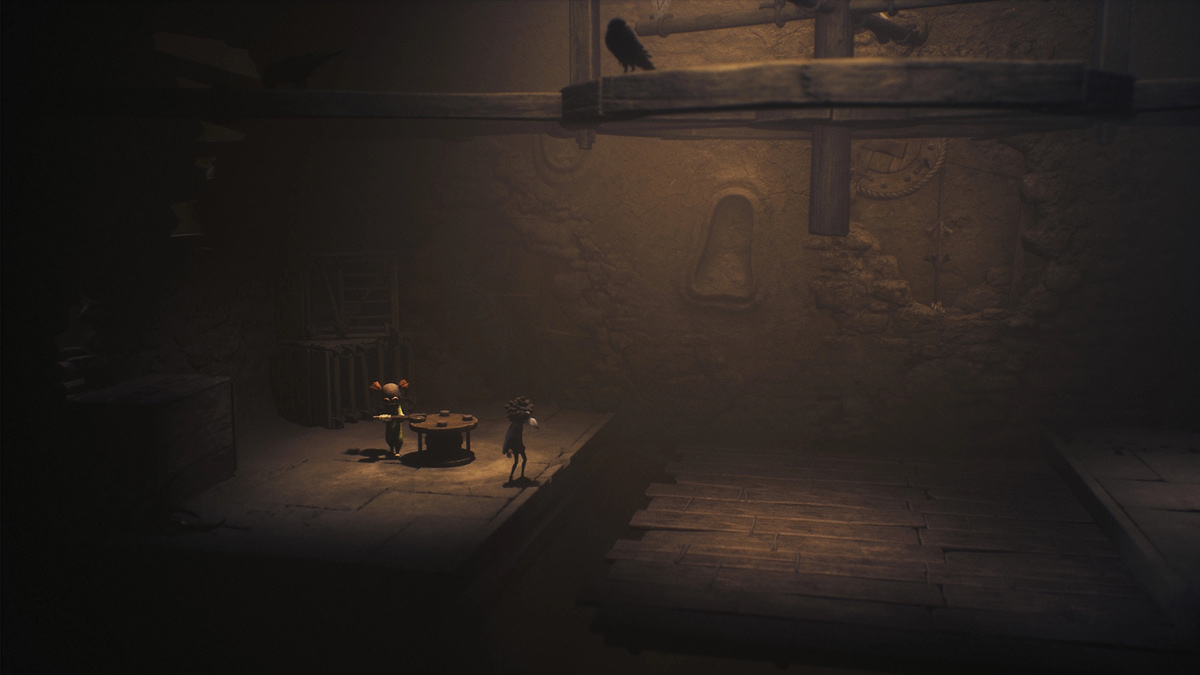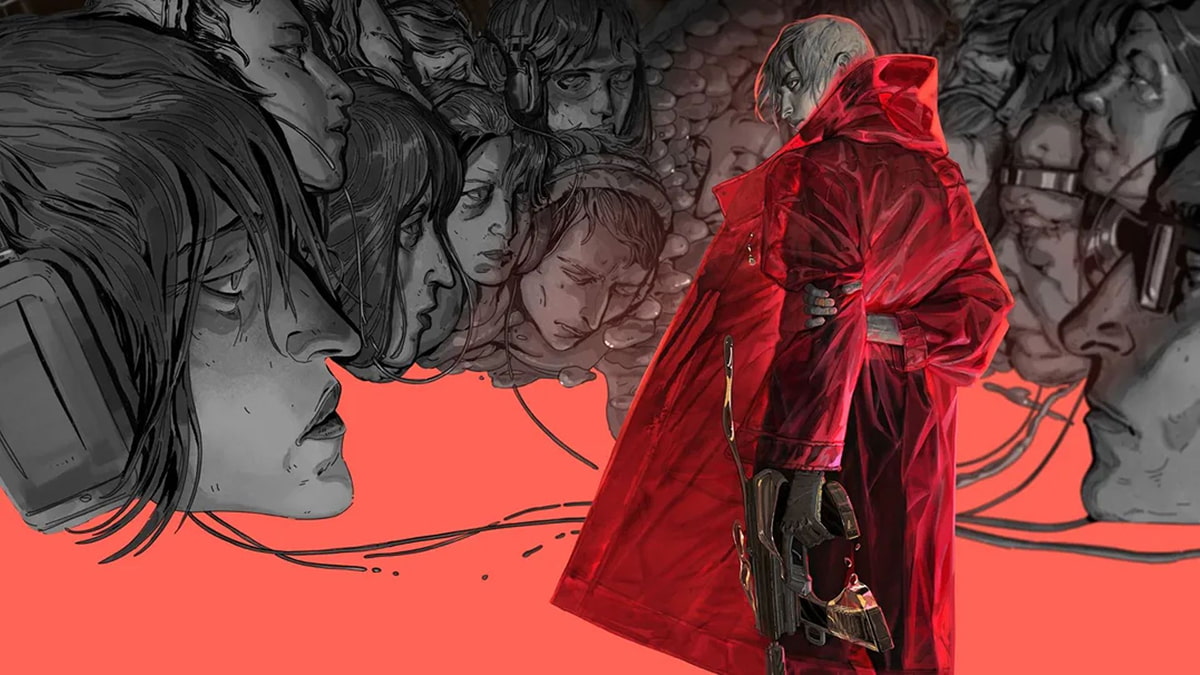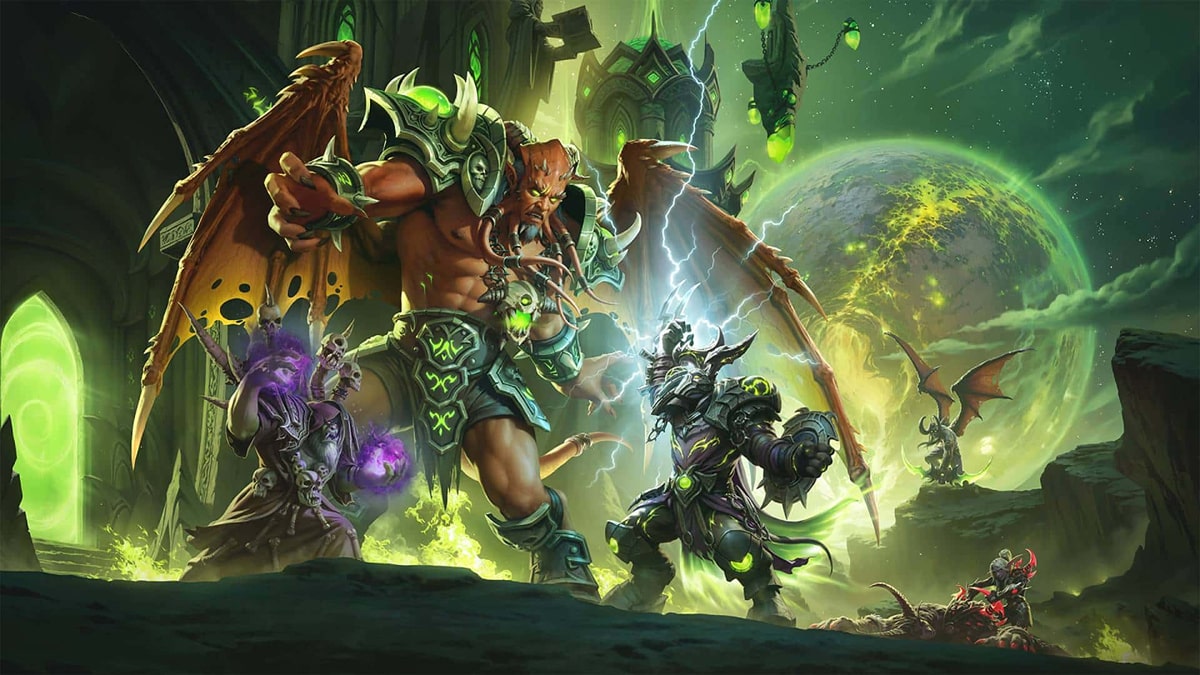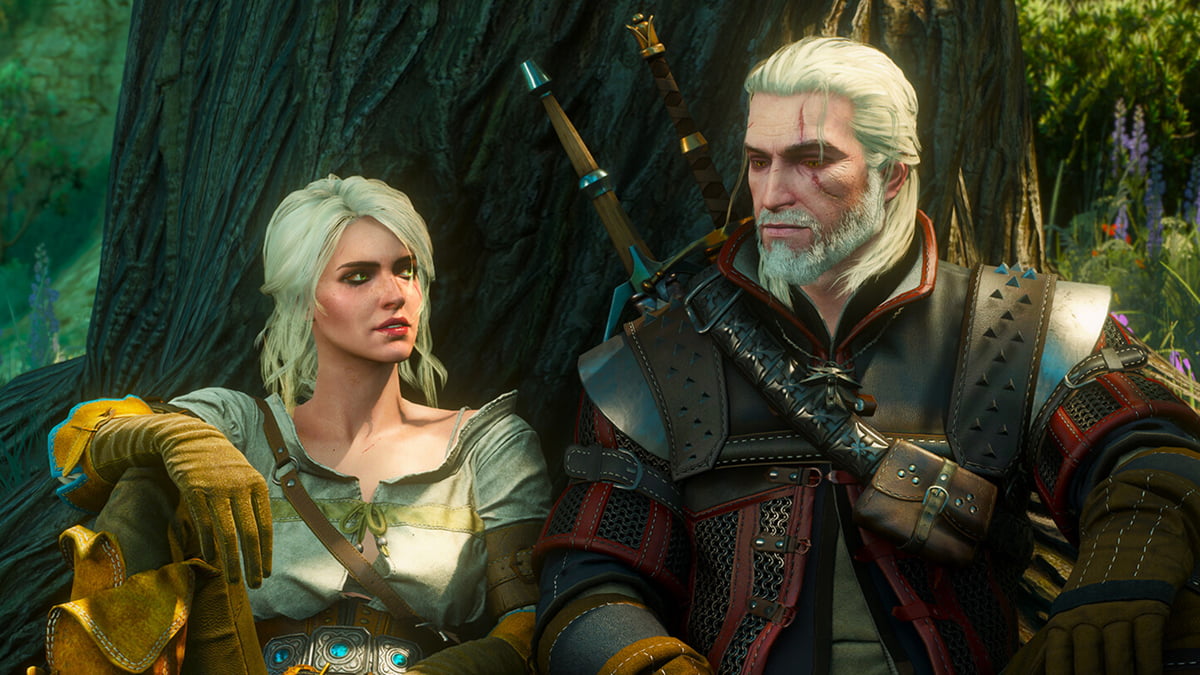You can trust VideoGamer. Our team of gaming experts spend hours testing and reviewing the latest games, to ensure you're reading the most comprehensive guide possible. Rest assured, all imagery and advice is unique and original. Check out how we test and review games here
Each month, we invite élite art critic Braithwaite Merriweather to appraise the box art of the latest game releases. In between his time spent wandering the corridors of culture, Merriweather writes on a freelance basis for various publications, including Snitters and Nuneaton à la Carte. If you are unaware of his prowess, rest assured; he’s on a crusade to educate the unwashed. Put simply, he’s a man that needs no introduction.
Friends! Scarcely have I felt more relieved to be back, cloaked in London smog. After last month’s deracination—planted, on the advice of my therapist, in the mud and mists of the countryside, the better to imbibe its fortifying airs—I have returned, once again, to the city. And, I have to say, despite the rich, familiar greys of sky, spirit, and pavement, I have found the place under the pall of strange days. We are heading back into lockdown. I am retreating to my flat, sealing myself within the languid vault of self-isolation, and scarfing my senses with art. It is in this pursuit—both the consumption and the critique of video game box art—that I have found relative peace over the last few months. And I can see that this venerable website has issued me, once again, with a prescient crop.
Watch Dogs: Legion
A London landscape: plush-suited pigs at the top, gasmasked citizens fending for themselves, and mortality—in the shape of a crown-encrusted skull—looming over the entire scene. Sounds about right. This work, entitled “Watch Dogs: Legion,” betrays a number of influences and fears. It’s one of those works that, like a grubby mirror, yields seemingly bespoke slivers of insight. The central figure seems to me to encapsulate the porcine presence of my ex-wife’s solicitor: a cigar lolling from his mouth like a brown, smokey tongue, his appetite raging, snout twitching for the dirty scent of cash. The irony—considering where she subsequently made her bed—that she used to accuse my studio of being a sty! Pathetic.
Beyond this work’s call for inward reflection, I can also taste a satirical urge bubbling beneath the surface. More than mortality alone, this glittering skull, with its silver-blue gleam, recalls the work of Damien Hirst. Who else? It was Hirst, after all, with his jewel-laden hunk of hubris, “For the Love of God” (2007), who hung over the London art scene like a watchdog of death. Hirst whose clamouring fans were legion. And Hirst who was clutched firmly in the trotters of the money men. The artist behind this work seems to be suggesting that the current crisis befalling London and the wider world isn’t only that of the airborne variety but of the artistic, and the spiritual: that which was contracted in long ago, and stales the life from the air.
The Dark Pictures Anthology: Little Hope
Another skull, in whose shadow dwell troubled faces; another land, lapped by the fires of strife; and another forecast, in the form of a title, of bleakness to come. This work, bearing the chewy name “The Dark Pictures Anthology: Little Hope” (side note: it’s always irritating when a gallery feels the need to but in, when it comes to titles, like sticking “Tate Modern presents” in front of a Warhol print—ghastly), feels more all-encompassing, when it comes to the scope of its doom. For one thing, it has a compass—wedged in the cranium of its subject, in the middle of the frame. This, we feel, will not point us North but South, the way of all wicked lives, to the deeps of Hell.
Once again, I feel that this artist is dealing not only with the dismal state of current affairs but, indirectly, with the past—a sly and knowing nod to the art of old. I am reminded of “Vanitas Still Life” (1630), by Pieter Claesz, and of “Saint Jerome Writing” (c. 1605–06), by Caravaggio. One glance at that work is all it takes to conjure vividly the modern mood: a timeless time of day, cloistered in the comfort of one’s own private darkness, with deathly omens all around. It’s also more or less exactly how I felt when visiting the Wellcome Collection last year, for the Being Human exhibition. There, amidst the models of bodies, with their see-through skin, I seemed to lose sense of where and who I was, of how long I had been there, and of whether or not there existed such a thing as an exit. It wasn’t dissimilar, in fact, to my marriage, an affair of little hope indeed—my memories of which are nothing if not an anthology of dark pictures.
Pikmin 3 Deluxe
Ah, some hope. Who would have thought that, on my arrival back in London, my spirits would be lifted, like dull roots with spring rain, by a work abound with the rural. “Pikmin 3 Deluxe,” a rather curious title, with its implications of the sumptuous, is a classic spring-flavoured piece. It contains the tilt-shifted shadows of a diorama, as if we were stooping to observe these odd little creatures—as one stoops to observe the pullulating patrons of the Courtauld—not in their natural habitat but in its recreated image. Art imitating life, perhaps, and falling slightly short. There is an unnaturally flat brightness to these sprites, as though the flowers of Warhol’s “Flowers” (1964) were made flesh—or rather made plasticine, by the looks of it. They stand proudly in the undergrowth, the way you would if you had just emerged from months of wintry stasis, surrounded with the surreality of fresh air, of brightness, of beginnings.
Watch Dogs: Legion
- Platform(s): Google Stadia, PC, PlayStation 4, PlayStation 5, Xbox One, Xbox Series S/X
- Genre(s): Action, Adventure, Shooter
